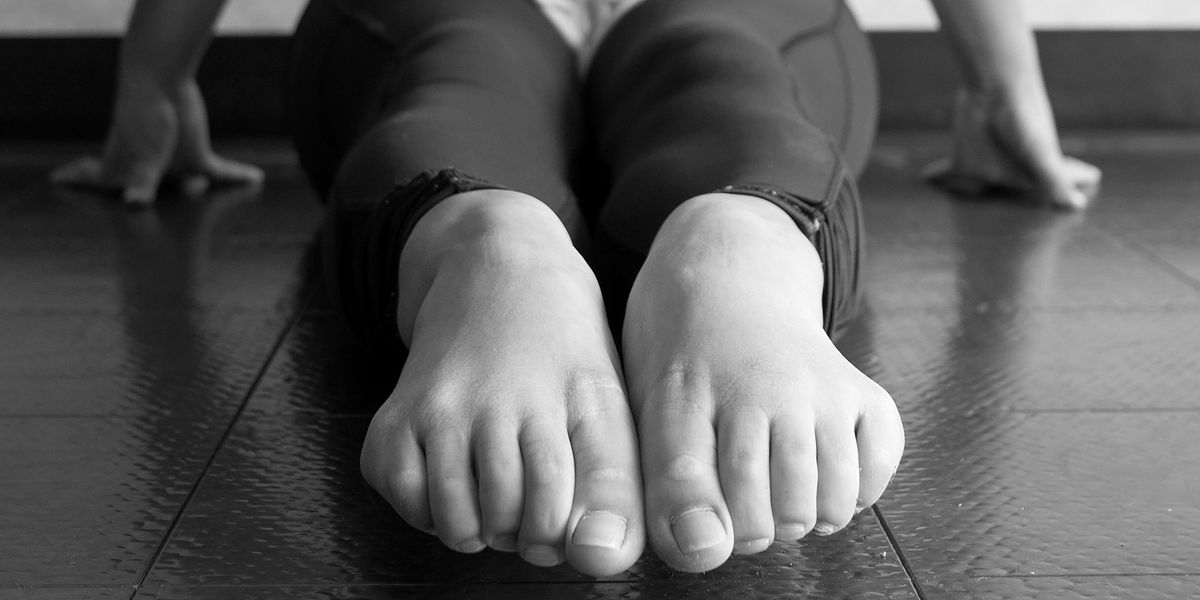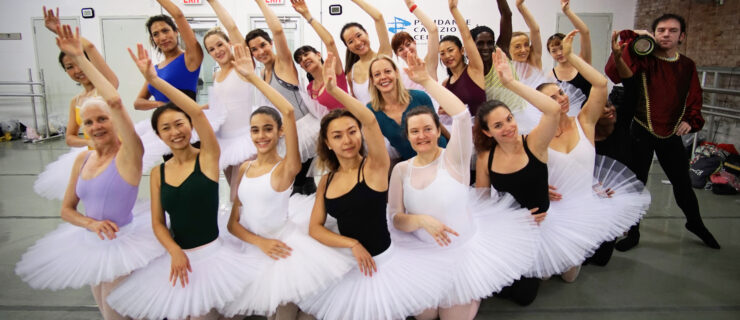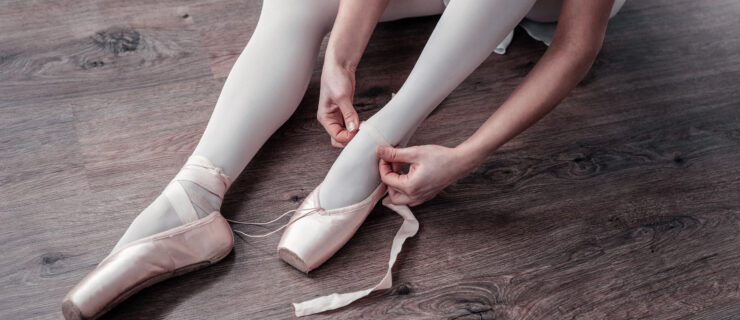How Coming Back to Ballet After Years Away Has Saved Me During the Pandemic Shutdown
I was 4 years old when I took my first ballet lesson. My mom had dressed me in a pink leotard with matching tights, skirt and slippers. She drove me on a Saturday morning to a ballet academy in downtown Caguas, the town in Puerto Rico where I grew up. I don’t remember much from the first lesson, but I do recall the reverence. My teacher Mónica asked the class if someone wanted to volunteer to lead. She was surprised I—the new girl—was the one to raise my hand.
I made up most of the steps, mimicking the ballerinas I had seen on TV and videos. At one point, Mónica stepped in and asked me to lead the class in a bow. I followed her directions and curtseyed in front of the mirror with one leg behind me and a gentle nod. I looked up to find myself in awe of what I had just done.
This was the same feeling I had when, after years away from dance, I finished my first YouTube ballet class at home in the midst of the coronavirus pandemic.
It was early March 2020 in Brooklyn, New York. Stay-at-home orders had just been announced and all over the world everyone tried to grapple with the new reality. Some started showcasing their baking skills on Instagram. Others could not afford to stay at home. While I was aware of how privileged I was to be able to shelter in place, I started to panic thinking how much damage months confined at home could do to my mental health.
At 25, I’ve suffered from high-functioning anxiety and depression for as long as I can remember. The speed of New York life and the obligation to go outside every day were the only things keeping me from staying in bed with the blinds closed for days on end. As a former dancer, I thrive on discipline to keep myself going.
I decided the best way to channel the anxiety of a pandemic was to take to the barre (or at least my bedroom dresser).

Enter Kathryn Morgan, a former soloist at Miami City Ballet and New York City Ballet. I discovered Morgan’s YouTube channel through a random search for a basic ballet class. I needed to ease back into ballet technique and found that Morgan had just released a beginners class meant to be done at home. I had no ballet slippers, leotard or warmers, so I relied on what I did have: a lot of time, black winter tights and a yoga mat.
As soon as she began the first combination, I transported back to those first few lessons I took as a 4-year-old and the 12 years of intense training, recitals, injuries and friendships that followed. But, after more than four years out of the game, my dancing didn’t look the same.
The first combination of pliés made my legs tremble so hard that my bedroom dresser started shaking as if an earthquake had just hit Brooklyn. My feet could barely point to hold a tendu and I found myself having to reshape my arms in the middle of the combination. Yet the sense of accomplishment made me understand that when faced with the excruciating fear of the unknown— both personally and physically—ballet would always be my home.
After a few weeks, I found myself itching to dance almost every day. I started taking an intermediate class instead of basic and would do Morgan’s strength workouts on Saturday mornings. I was getting in better shape with each plié.
 The author as a ballet student in 2011. Nicole Colon, Courtesy Frances Solá-Santiago
The author as a ballet student in 2011. Nicole Colon, Courtesy Frances Solá-SantiagoUsing dance as a form of therapy is certainly not a new concept. Dance therapy is a practice that has been widely used to “support the intellectual, emotional and motor functions of the body,” according to Psychology Today. The concept stems from the idea that mind, body and spirit are interconnected, according to the American Association of Dance Therapy. While I’m not a professional therapist, I quickly understood that immersing myself in a form of movement as we all shifted our busy lives indoors was the best way to keep myself sane.
Yet, this was not a feeling I was used to. I left ballet at 17 because—after 12 years of dancing—I felt confined within its rules and demands. I no longer felt the joy I remembered from that first ballet class as a 4-year-old and dreaded attending class. I didn’t bother working on my technique and even became anxious about putting on pointe shoes. At home, there was no one watching if I missed a step or didn’t lift my legs past 90 degrees. I felt free to make up my own rules at the barre.
By mid-May, as daily new coronavirus cases in New York started dropping, I was already taking advanced barre. I began thinking about life beyond quarantine, when we’d all start coping with the grief and distance the coronavirus pandemic imposed on us. I opened a suitcase I hadn’t looked at since I moved to New York in 2016 to find my ballet leotard, slippers, skirts and warmers inside. As I took them out, it felt as if they were visiting from a former life to validate that ballet—not just the technique but its art and feeling—would never leave me.





